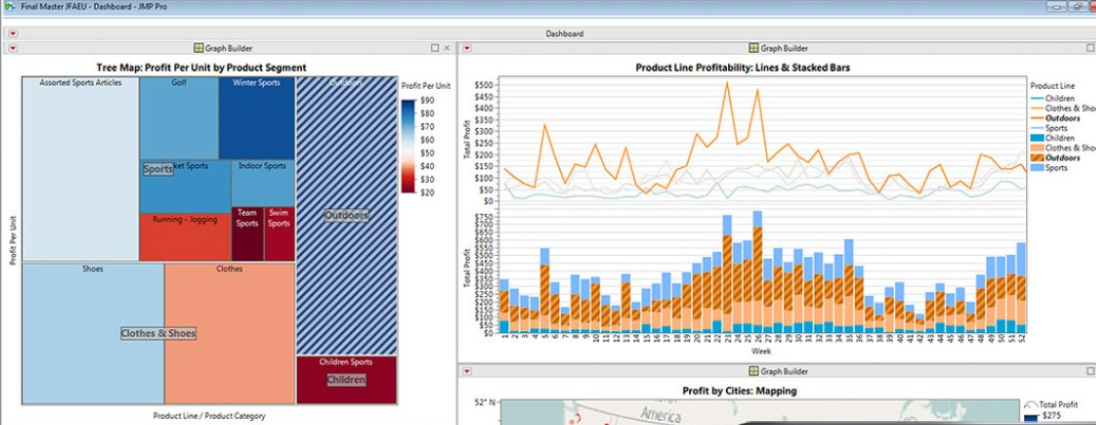

For each of the 8 vegetation variables ( grass through shrub), values represent the percentage of 50 transect points at which each type of vegetation was present. Get it?) At each site, vegetation variables were measured along a 50-meter transect. (Hence the name, multivariate: multi = multiple, variate = variable. For each site, multiple variables have been measured. Site names are in variable locality, with two-letter site abbreviations in code.

The column headings are the variable names, with the rows corresponding to 11 grassland sites located along a south-north transect running through Massachusetts, New Hampshire, and Vermont. Sites <- read.table("", sep=",", header=TRUE)Īfter issuing this command, type attach(sites) so that we can refer to the variables directly by name instead of having to also reference the data frame, as in sites$locality. We can read this data file into an R data frame with the following command:

The metadata file describing the data is. The comma-separated values file contains ecological data for 11 grassland sites in Massachusetts, New Hampshire, and Vermont. Let’s get some multivariate data into R and look at it. The examples are cumulative, so that later examples assume the presence of data structures created earlier.Īn excellent general R reference is Quick-R, and the R Reference Card is a handy list of the most useful R commands.
SAS JMP MULTIVARIATE TUTORIAL CODE
Examples will be presented as R code to be executed in the console (a command-line interface) of the standalone R application, but they can also be run in the R console pane inside of RStudio. The examples in this post demonstrate several multivariate techniques applied to two biological datasets. For more information on RStudio, see RStudio as a Research and Writing Platform. R can be run either by itself, as a standalone application, or inside of RStudio, a free, cross-platform integrated development environment. R is a free, open-source, cross-platform programming language and computing environment for statistical and graphical analysis that can be obtained from To get started with R, see An Introduction to R. This post assumes that the reader has a basic familiarity with the R language. In particular, the fourth edition of the text introduces R code for performing all of the analyses, making it an even more excellent reference than the previous three editions. One of the best introductory books on this topic is Multivariate Statistical Methods: A Primer, by Bryan Manly and Jorge A. Multivariate analysis is that branch of statistics concerned with examination of several variables simultaneously. Multivariate Statistical Methods: A Primer, fourth edition (2017) At some time or another, most users of statistics find themselves sitting in front of a large pile of computer output with the realization that it tells them nothing that they really want to know.


 0 kommentar(er)
0 kommentar(er)
